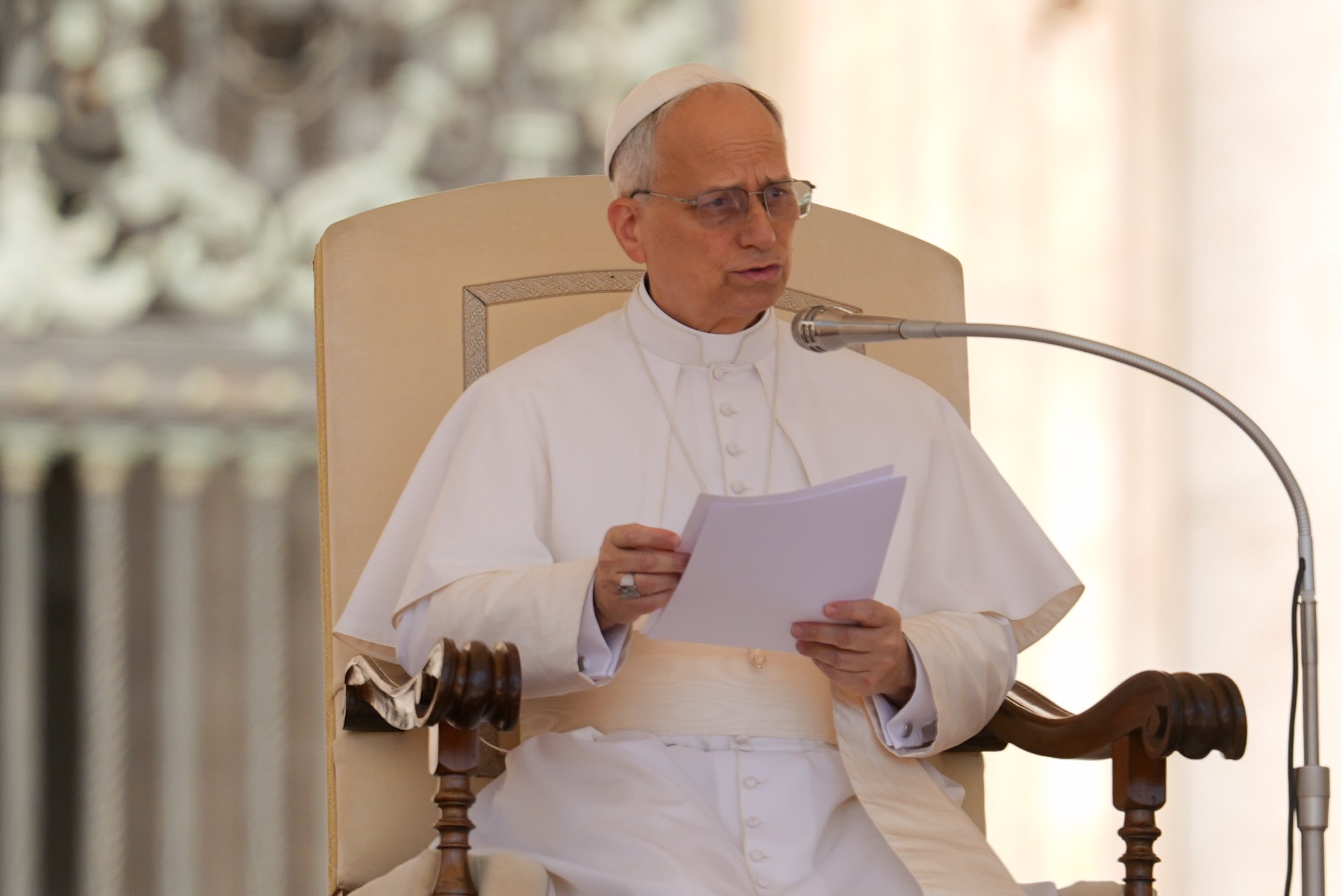April 6, 2018 at 1:53 p.m.
WORD OF FAITH
Believe in resurrected Jesus
'Then the other disciple, who reached the tomb first, also went in, and he saw and believed...' - John 20:8
It's important to realize that it took time for those who originally discovered Jesus' empty tomb to understand its significance.
Though our four evangelists employ the oft-used biblical literary device of having angels provide that significance to us readers, we can't presume the original participants were so fortunate as to have everything explained on the spot.
The tradition behind John 21, for instance, presumes that Jesus' disciples returned to Galilee and moped around for days before they finally returned to fishing and discovered that Jesus was not only alive but risen, making breakfast for them on the seashore.
Normally, Simon Peter is credited with being the first to realize the empty tomb meant Jesus had risen from the dead. (That's one of the reasons the early Christian community was convinced its faith was built on the rock of Peter's faith.) But Sunday's Gospel (John 20:1-9) gives us a different theology: The beloved disciple and Peter simultaneously receive Mary Magdalene's message that Jesus' body is no longer in the tomb.
A beloved disciple
Though the former beats the latter to the burial place, the beloved disciple, honoring part of the tradition, steps aside and lets Peter go into the tomb first. Yet the evangelist states that it was this "other disciple," not Peter, who first "saw and believed."
Who's this beloved disciple who often stands out in contrast to Peter in John's Gospel? Scholars no longer believe he's the Gospel's author; most contend he was one of the historical Jesus' unnamed disciples, the person who initially evangelized the community for whom this Gospel was written.
Since he played an essential role in their faith lives, he's given important roles in their Gospel. He, for instance, is the one who rests his head on Jesus' chest during the Last Supper, later follows Him to Golgotha and receives the commission to care for Jesus' mother.
In a very real sense, this disciple is someone who not only came to believe in Jesus' resurrection, but was able to help his community achieve that faith. No wonder the late Rev. Raymond Brown, SS, titled his classic book on the Johannine writings, "The Community of the Beloved Disciple." There would have been no such community, nor a fourth Gospel, if that particular disciple hadn't eventually realized the meaning of Jesus' empty tomb.
Must believe
All our biblical Christian writings depend on a resurrected-Jesus interpretation of His missing body. If someone had stolen the body, or Mary and her companions simply went to the wrong tomb that morning, the Pauline disciple responsible for the letter to the Colossians (Col 3:1-4) could never have encouraged his readers to die with Jesus. There would have been no reason for them to "think of what is above."
Neither could Luke's Peter have assured his listeners in Sunday's first reading (Acts 10:14a, 37-43) that "everyone who believes in Him will receive forgiveness of sins through His name." That forgiveness didn't happen because they went to confession, but because, by imitating Jesus' death and resurrection, they, like He, became a new creation. They didn't even have to confess those sins. The person who had committed them had died, and a new person had come into existence.
Just as I presume it took Jesus' original followers a long time to appreciate the implications of His empty tomb, so I presume some of us today might not yet have achieved that insight. We do what He asks because we want to get into heaven, but to actually experience Him alive and working effectively in our daily lives might still be down the road.
What happiness, if we actually came to understand those implications during Sunday's celebration of Easter. [[In-content Ad]]
MORE NEWS STORIES
VIDEOS
SOCIAL MEDIA
OSV NEWS
- Washington Roundup: Breakdown of Trump-Musk relationship, wrongly deported man returned
- National Eucharistic Pilgrimage protests, Wisconsin Catholic Charities, Uganda terrorists thwarted | Week in Review
- Traditional Pentecost pilgrimage comes in middle of heated TLM discussion in French church
- Report: Abuse allegations and costs down, but complacency a threat
- Expectant mom seeking political asylum in US urges protection of birthright citizenship
- Living Pentecost
- The Acts of the Apostles and ‘The Amazing Race’
- Movie Review: Final Destination Bloodlines
- Movie Review: The Ritual
- NJ diocese hopes proposed law will resolve religious worker visa problems








Comments:
You must login to comment.